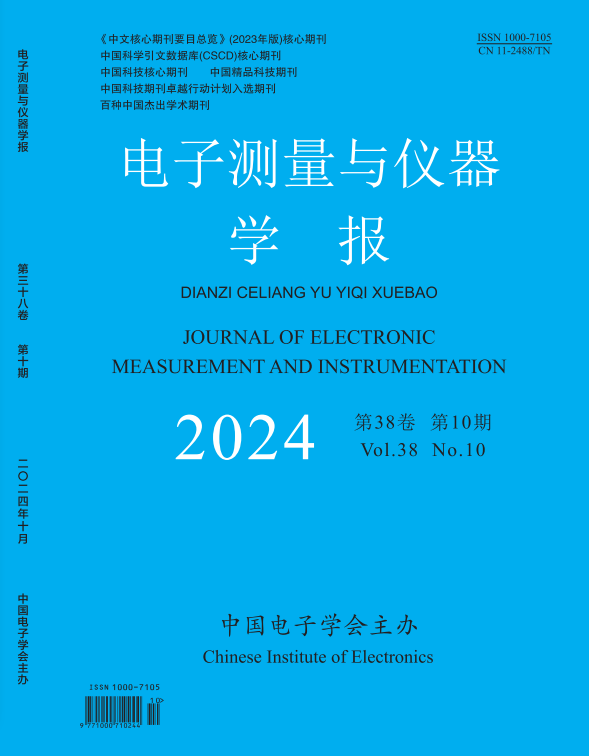2022, 36(2):32-39.
Abstract:Coke optical texture analysis is an important way to evaluate the quality of coke, aiming at the problems of fuzzy edge, low
contrast and halo artifacts in coke photomicrographs, an automatic detection and extraction method for coke optical texture based on
semantic segmentation and fully connected conditional random field is designed. Firstly, a coke optical texture measurement platform is
built by using microscope, industrial camera and computer; secondly, the Unet is improved using residual module and attention module
and the output weight of the coke optical texture is enhanced to realize automatic detection and segmentation of coke optical texture;
finally, the spatial characteristics of coke optical texture are modeled using the fully connected conditional random field to refine the
segmentation edges and achieve the accurate extraction of coke optical texture. The experimental results show that the precision, recall,
F1-score and accuracy of the proposed method reach 0. 967, 0. 959, 0. 963 and 0. 965, respectively, which are better than other
comparative semantic segmentation networks, proving that the method has high segmentation performance and can realize automatic
detection and extraction of coke optical texture.
